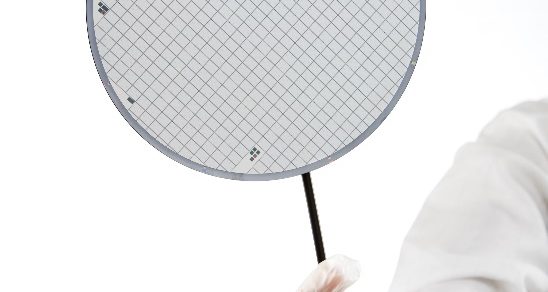The Working Principles of Graphene Strain Sensors

Graphene strain sensors (or strain gauges) are pioneering electromechanical strain measurements on the microscale, enabling the detection of infinitesimal strain values with extremely high gauge factors. These unprecedented performance levels can be exploited to quantify a range of strain types including: bending; compressive and tensile strain; and torsion.
Owing to the comparative immaturity of graphene-based sensor materials, graphene strain gauges primarily exist in contemplative and early stages of development. Extremely promising results from initial proofs of concept and wholesale improvements to the graphene production and supply chain have accelerated numerous graphene sensors’ times to market. Among these is a wide range of strain gauge types that utilize graphene as either an active sensing element or as a functional substrate.
In this article, Grolltex offers a brief explanation of how graphene strain sensors work.
How Do Graphene Strain Sensors Work?
Strain sensors are universally used to calculate a wide range of mechanical quantities. They do so by measuring the strain of an object in response to an applied force. In mechanical contexts, strain is defined as the level of deformation/displacement that occurs within a material when an external force is applied. This closely relates to stress, which – in turn – refers to the same material’s internal resistance to external forces.
Graphene is extraordinary in the context of stress-strain due to its exceptional modulus of elasticity, otherwise known as Young’s modulus. This is described as a consistent ratio of tensile stress to strain within the limits of the material’s elasticity. In other words, it defines the level of applied force needed to stress material through bending, compression, stretching, and so on.
The level of elasticity and intrinsic strength required of strain sensors depends on the application. Graphene strain sensors are able to measure extremely high strain rates with outstanding sensitivity owing to the material’s nominal Young’s modulus of 1 terapascal (TPa). It can subsequently withstand reversible tensile strain of more than 20%. Graphene is subsequently a leading substrate material for next-generation high strain rate applications. Additionally, graphene is capable of picking up very small amounts of strain in many schemas as well.
These can function for example, by integrating a measuring grid into a graphene substrate, using a transducer with a clear linear correlation between resistivity and size. As an external force acts upon the substrate, the grid is deformed, causing a relative change in resistivity. This enables mechanical quantities to be directly measured and converted into an accurate electrical output. Another modality of a strain sensor configuration using graphene is as a piezo-resistive sensor, picking out the change in resistivity over various levels of strain applied to a graphene surface when it is energized.
Read More: Guide to Graphene Sensors
Measuring stress-strain values is vital to an extremely wide range of applications, from experimental research and development (R&D) to routine test bench procedures to the field of wearables to monitor blood pressure, for example . Consequently, strain sensors (or gauges) are among the most ubiquitous sensing elements on earth.
Emerging graphene strain sensors have begun to exploit the flexibility and inherent electronic properties of the material for ultra-high sensitivity strain measurements in proprietary applications. Using an all-graphene sensor on a soft substrate, researchers have successfully generated a unique strain gauge capable of stretching up to 20% with a gauge factor of 42.2. This enables strain readings as low as 0.1% with a relative resistance change of approximately 0.005.
Further research is required to substantiate the real-world functionalities of cutting-edge graphene sensors.
Graphene Sensor Materials from Grolltex
Grolltex specializes in chemical-vapor deposition (CVD) of high-purity 2D materials, including graphene and hexagonal boron nitride (hBN). We have leveraged our significant expertise to the benefit of the sensor markets, and are making inroads into unique applications of graphene-based sensors.
Want to learn more? Read our previous article Grolltex Manufactures Smallest Graphene Strain Sensor Worldwide
If you have any questions about how graphene strain sensors work, simply contact a member of the Grolltex team today.
References:
https://www.sciencedirect.com/science/article/abs/pii/S0008622317301872

